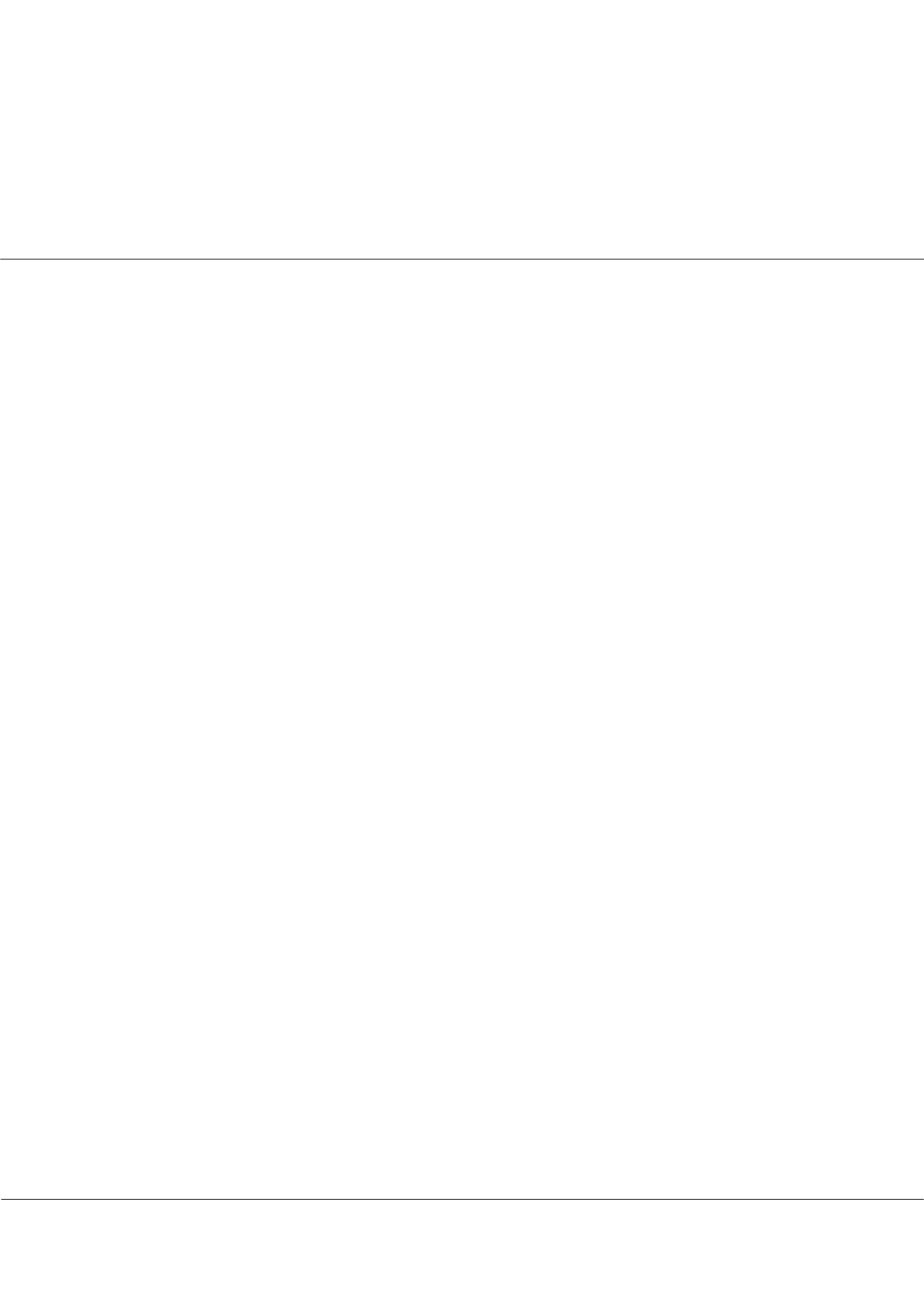

Page 43
conferenceseries
.com
Volume 9
Journal of Health & Medical Informatics
ISSN: 2157-7420
Medical Informatics 2018
July 05-06, 2018
July 05-06, 2018 | Berlin, Germany
6
th
International Conference on
Medical Informatics & Telemedicine
DETERMINATIONAND EVALUATION OFTHE RATE OF SOLIDWASTES GENERATION IN
HEALTH CARE CENTERS IN MONTEVIDEO, URUGUAY
Carolina Ramírez
a
a
University of the Republic, Norway
Statement of the Problem:
An affirmed growth of interest with respect to the management of Health Care Waste (HCW)
has occurred in Latin America in the last years. Even though, the scarcity of environmental statistics series is still noticeable
in Latin American countries; the situation of countries is heterogeneous. Several studies have been performed to find out the
rate of solid waste generation in Health Care Centers (HCC). However comparative analysis of the results of these studies
should take into account that the methodologies used in each case, and even basic definitions adopted in respect of HCW, were
different. There are currently no systematic studies concerning the management of HCW in Montevideo city, which means that
the generation rates usually come from bibliographic data, of which most of the time there is no clear information on how they
were obtained. Our studies are intended to overcome this weakness.
Methodology & Theoretical Orientation:
The inter-institutional system of waste management of a HCC in Montevideo was
analyzed. Four years of data (2008-2011) about removal of hazardous, common and recyclable sanitary waste were available
to work with. They were daily data about removing of hazardous and common waste, and monthly data on the disposal of
recyclable waste. The characteristics of the available data have led to the need to work with removing rates rather than waste
generation rates, as it is usual, to avoid introducing additional uncertainty to the information.
Conclusion & Significance:
The management of HCW involves potential risks. This has been the main motivation in Uruguay
to start studying and working in the management of HCC. In this study, we sought to determine local HCW removal rates to
generate representative data about the national situation. Also a set of HCWmanagement protocols has been set up, that could
be useful as a reference for other Latin-American countries to set up their own protocols.
Biography
Carolina Ramírez is a teacher and researcher at the Department of Environmental Engineering (DIA) of the Institute of Fluid Mechanics and Environmental Engineering
(IMFIA) of the Faculty of Engineering (UdelaR). She is working since about 10 years on the subject of solid waste management. It is a challenging area at a national level
in Uruguay and throughout Latin America, mainly in regard both to inter-institutional management and to the design and management of the final disposal sites. Carolina
has worked on the issue of waste management continuously, generating significant progress for the working group, participating simultaneously in extension activities,
research and teaching. She has completed her Magister thesis in Environmental Engineering in the area of sanitary waste. She is currently doing her PhD research in
Environmental Engineering with a thesis plan in the area of recovery and final disposal of waste.
crgarcia@fing.edu.uyCarolina Ramírez, J Health Med Informat 2018, Volume 9
DOI: 10.4172/2157-7420-C1-021
















